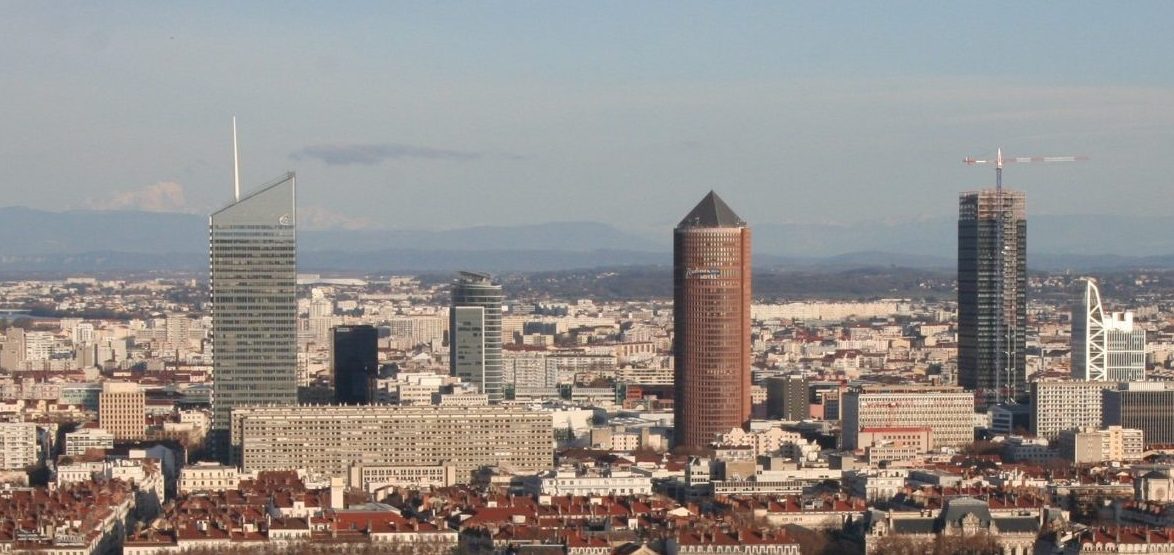A student’s guide to Lyon
In France, Paris is the unchallenged centre of politics, culture, and language. It is the gold standard that other French cities strive towards. Not only is Lyon up to the challenge, but I actually found it to be a much more agreeable place than Paris. Where Paris oozes sophistication, hustle and bustle, and air pollution, Lyon is resplendent with calm, walkability, and green spaces. Does this mean it is any less of an interesting place to explore? Au contraire!
Lyon is a city that contains multitudes. It was initially founded by the Romans on the hill Fourvière (or, at the time, Lugdunum, to which the city owes its name). Remnants of the Roman civilisation, including two big theatres, have survived and are open to visitors, but the city centre itself has moved eastwards over the centuries. Down by the Saône River lies the medieval and renaissance Old Town, Vieux-Lyon.
The primary web of alleys hides another one made up of traboules that connect houses and streets
An impossibly complex labyrinth of narrow alleyways shimmering in earthy Mediterranean hues, Vieux-Lyon is perhaps the most iconic (and certainly the most visually pleasing) part of the city. The primary web of alleys hides another one made up of traboules that connect houses and streets. There are different accounts as to the origins of these hidden passageways, ranging from space-saving modes of construction in a cramped medieval city to risk-free transportation of silk — the backbone of the Lyonese economy from the 16th to the 19th century — regardless of the weather.
What’s clear, however, is that the passages were used by the French Resistance during the Vichy Regime and the Occupation. After the war, Lyon was declared the ‘capital of the Resistance’ by General de Gaulle. This period of Lyonese history is documented at the Centre d’histoire de la résistance et de la déportation, a must-visit. Make sure to get an audio guide, especially if you don’t speak French, as there is a lot of reading. Based on original documents, artefacts, and photographs, the Centre presents everyday life in 1940s Lyon, the city’s role as a haven for refugees displaced from other parts of France, and lots of background information to embed the history of Lyon in the wider historical context.
The Presqu’Île (Almost-Island) between Saône and Rhône lies just east of the Old Town. It is dominated by monumental 19th-century buildings including the opera, the town hall, and the Musée des beaux-arts. The latter is another must-see, and though it is not as vast as the Louvre, it is advisable to focus on the sections you are especially interested in rather than proceeding chronologically and running out of breath by the time you reach the 1850s. This part of town has its fair share of representative squares, notably Place des Terreaux, which boasts a Versailes-inspired fountain but otherwise feels a lot like Brussels, and Place Bellecour, where fans of the Little Prince can pay him and his creator, Lyon-born pilot Antoine de Saint-Exupéry, a visit.
At the Southern — and, since it’s not a real island, only — tip of the Presqu’Île lies at the Confluence, the place where the two rivers converge as the Saône flows into the Rhône, which travels on until reaching the Mediterranean. This particular spot houses one of Lyon’s biggest attractions: the Musée des Confluences, a brand-new, state-of-the-art museum showcasing scientific discoveries and technological exploits.
The eastward shift of Lyon’s city centre means that buildings from all periods are exceptionally well preserved
If you’re tired from all the sightseeing and need a change of scenery, why not go for a walk at the Parc de la Tête d’Or? Not only is this green space one of the largest urban parks in all of France, but it is also often referred to as ‘Lyon’s Central Park’ since both parks were created in the late 1850s. On the weekend, inhabitants of the city from all walks of life come here to take a stroll: small children running circles around their grandparents, groups of young people listening to music, and friends having a chat as they push their bikes.
The eastward shift of Lyon’s city centre means that buildings from all periods are exceptionally well preserved. This is why, in 1998, an astonishing 427 hectares (a surface bigger than the City of London) were inscribed on UNESCO’s World Heritage List.
Lyon is a vibrant and lively city with many qualities Paris can only dream of. It offers a rich history that can be traced in today’s cityscape — and all of that against the backdrop of a stunning alpine panorama that includes Mont-Blanc as the cherry on top of this already delicious cake of a city. What’s not to like?

Comments